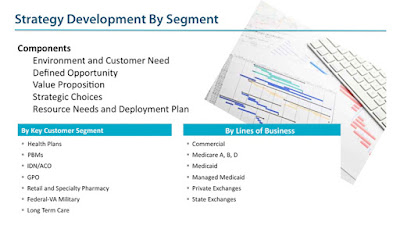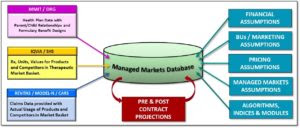Key Factors Affecting Market Access
There are a number of factors that determine market access for pharma companies. Here are some of those factors: Expiring patents, rising costs Market access can look gloomy these days, especially in the USA, as reform is upon the horizon here. There is too much uncertainty in Europe, this is pertaining to regionalization in countries like Spain, Italy and Germany which present additional hurdles. Co-payments are surging in the USA, and payers are demanding more and more evidence of access effectiveness. Drug costs are also rising. 40% of all drugs in the development phase are expensive compounds, like biologics, with many of these drugs in oncology. Payers need to find some way to manage that, and market access solutions can help. Payer Categories Payers cannot be put into one particular box; however, payer segmentation is possible where, they can be categorized into a number of management philosophies. There are the health economies such as Canada and the...

